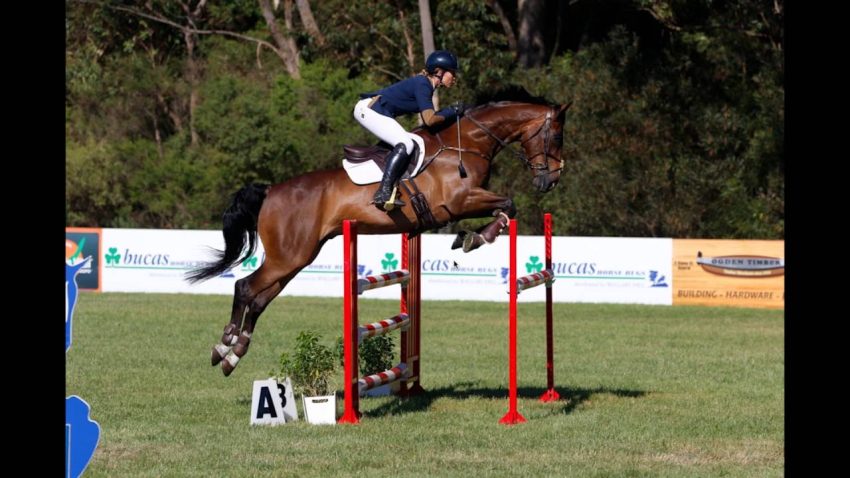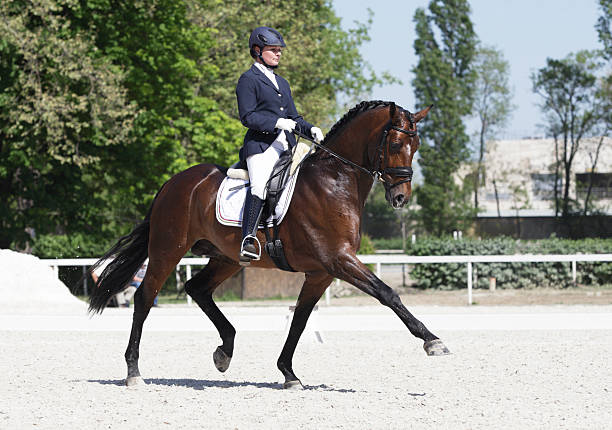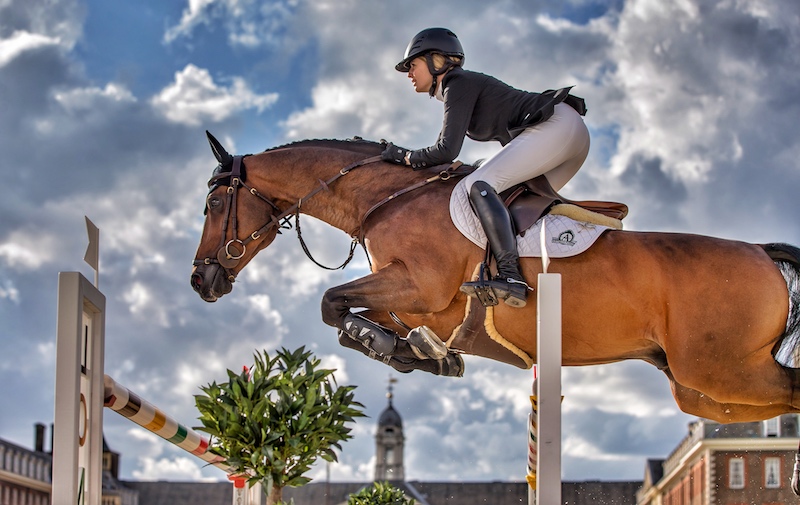Distance Converter
Horses are a popular subject for photographers because they are so elegant, magnificent, and inspiring. The beauty and fitness of this animal attract many photographers. Regarding photography, horses take a slightly different approach than your typical dog or cat. With horses, you really need to pay attention to their safety and how to calculate their travel time. Especially jumping shows require a lot of skill and talent of the photographer
Here are our top 5 tips for camera setting for show jumping.
Top 5 Coolest Tips For Camera Setting For Show Jumping

Camera Settings
A horse can have emotions, just like any other animal. Therefore, the camera setting for show jumping is related to the action image setting.
It is recommended to use the fastest shutter speed you can use without affecting proper exposure. Your shutter speed must be greater than 1/500 to record activity.
Shutter speed is now just one of the three variables that make up the exposure equation, which is shutter speed + ISO + aperture. Other factors must be adjusted to match the shutter speed when it is set.
A faster shutter speed makes the image appear darker because the light has less time to reach the sensor. Therefore, you will need to increase the ISO and open the aperture wider to let in more light.
Even when taking portraits of horses, it is recommended to use a fast shutter speed because horses occasionally blink, turn their heads, or move on their own.
Switch to Single point focus then to the camera setting for show jumping. By default, your camera’s focus points will be set to Area Autofocus. This means that the camera will try to guess incorrectly what you want to focus on. Since the camera will focus on whatever area you require, you should ideally change your focus point to Single-point Focus (or Spot in certain manufacturers).
Next, enable Continuous Focus Mode and keep it on all the time. Your camera is initially set to One-Shot by default. It would help if you switched to continuous autofocus on your camera (AI Servo in Canon, AF-C in Nikon, Continuous AI in Sony, etc.). When a moving subject is in continuous focus, the camera will continuously focus on that subject.
Burst mode is next! Each camera includes a feature called FPS or frames per second. This camera setting for show jumping indicates the number of shots the camera can take in each shooting second.
You must go into your camera’s settings and select “Continuous shooting mode” or “High-speed continuous shooting” to use this feature to the fullest extent possible (depending on the brand of your camera). Your camera will then start taking as many pictures per second as it can.
Use Standard or Telephoto Lenses
Regarding the camera setting for show jumping, horse owners appreciate the long, truly adorable size of their animals. Therefore, you should not use any machines that can change these ratios. Therefore, stay away from distorted lenses, such as wide-angle lenses. Try to use only telephoto or regular lenses.
Because they are distortion-free, standard lenses are among the easiest to use (flat glass). The human eye and what you perceive most closely resemble a standard lens. You can get up close to a horse using standard lenses that range from 35 to 70 mm.
Long focal length lenses called telephoto lenses can remind you of telescopes in a number of ways. You can get pretty close to your subject using these lenses. They don’t distort to scale and allow you to stand away from the horses you’re photographing.
Safety First

It’s amazing how many people get into horse photography and learn about camera settings for show jumping while still being afraid of horses. Animals can sense your emotions, especially empathetic animals like horses. Their reaction to you will be directly affected by how you react to them.
Horses are predators, so keep that in mind. A horse will become fearful if you show discomfort, fear, or anxiety in any other way around them. Since herding animals rely on each other’s emotions to be alerted if a predator is around, this is a biological response based on their innate composition.
A horse will also feel scared if you act in a really threatening way toward them. On the other hand, if the horse feels you lack confidence and control, the horse may misbehave or try to take advantage of you.
All of these can lead to a risky situation.
Spending time with horses before photographing them is a great idea. Always pay attention to the rider; They are the ones who know their animals best. Don’t cross boundaries, heed their instructions and respect their boundaries. Horses can bite, kick, trample, and in other ways maim you when they’re scared, angry, or frustrated.
Choose Your Background and Location Wisely

Regarding the camera setting for show jumping, if your subject and background are too similar in color, the overall image will look flat and unattractive. Interesting is created by the contrast between the foreground, the subject, and the background.
It makes sense that as photographers we often fall into situations of chance and don’t always have control over the setting. This is a common problem when photographing horses. Not every owner has a trailer, not all horses are comfortable in unfamiliar surroundings, and not everyone lives on a large piece of land surrounded by nature. Your adaptability and creativity will come in handy in this situation.
If you can’t manage the background, try taking advantage of the wide aperture and shallow depth of field! Ask the rider to adjust the horse to a position that might be more appealing.
Be Well Versed in Gate Timing
When photographing horses in motion, the important thing about the camera setting for show jumping is to understand the rules. Not all parts of that action look appealing, like a person jogging or a dog jumping. This is very important when shooting horse events and shows!
Trotting
You only need to take a picture of a horse trotting when the foreleg closest to you is fully extended. The legs should then take on the shape of an “M” as a result.
Cantering
Regarding the camera setting for show jumping, there are two pictures that owners like the most when their horses are trotting.
You must be on the same side of the horse as the front foot leading to make the first move. When you press the shutter button, this leg needs to be stretched out.
The second occurs when the horse’s head is raised.
Jumping
When their horse is leaping, two certain pictures are greatly preferred by equestrians.
First, the horse should have its back legs fully extended and its forelegs neatly tucked in right before it reaches the jump’s highest point.
The second point is the instant before the horse lands. The back legs are stretched out behind the front legs, which are fully extended.
Conclusion
You’ll be ready to go if you bring all these camera setting for show jumping tips to your next horse photo session. Wish you have great photos
